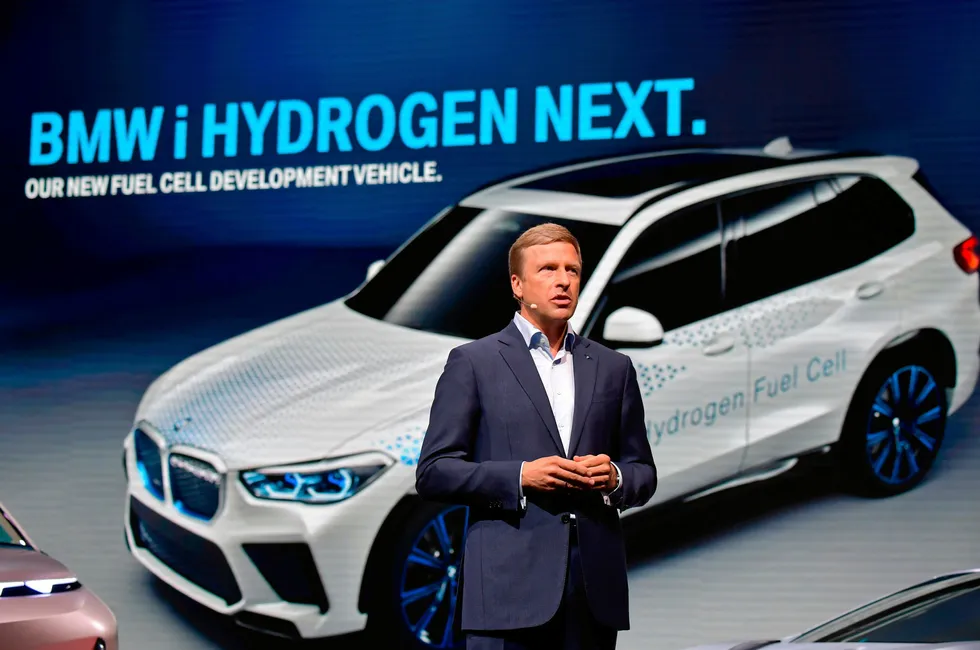Why get a hydrogen car? Because it will be 'the hippest thing to drive', says BMW boss
Oliver Zipse also argues that it would be 'dangerous' if all vehicles were fully electric

Oliver Zipse also argues that it would be 'dangerous' if all vehicles were fully electric
